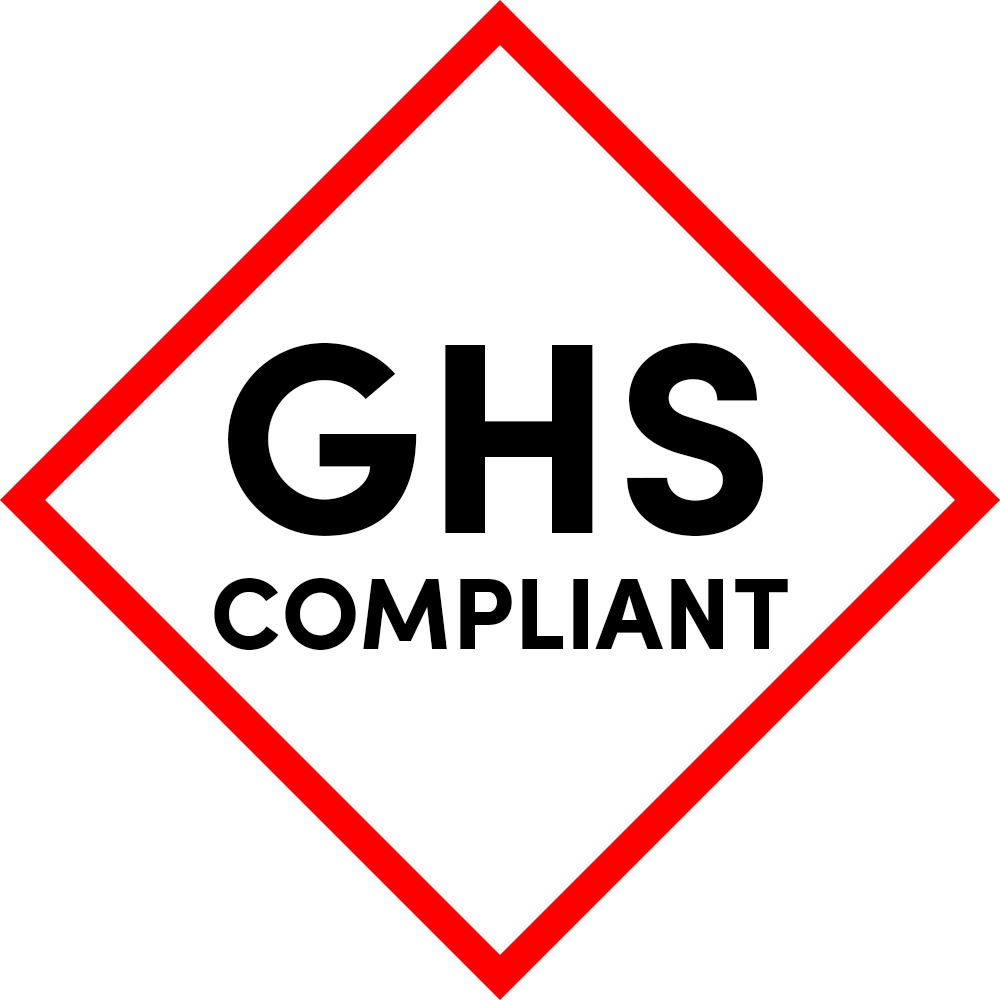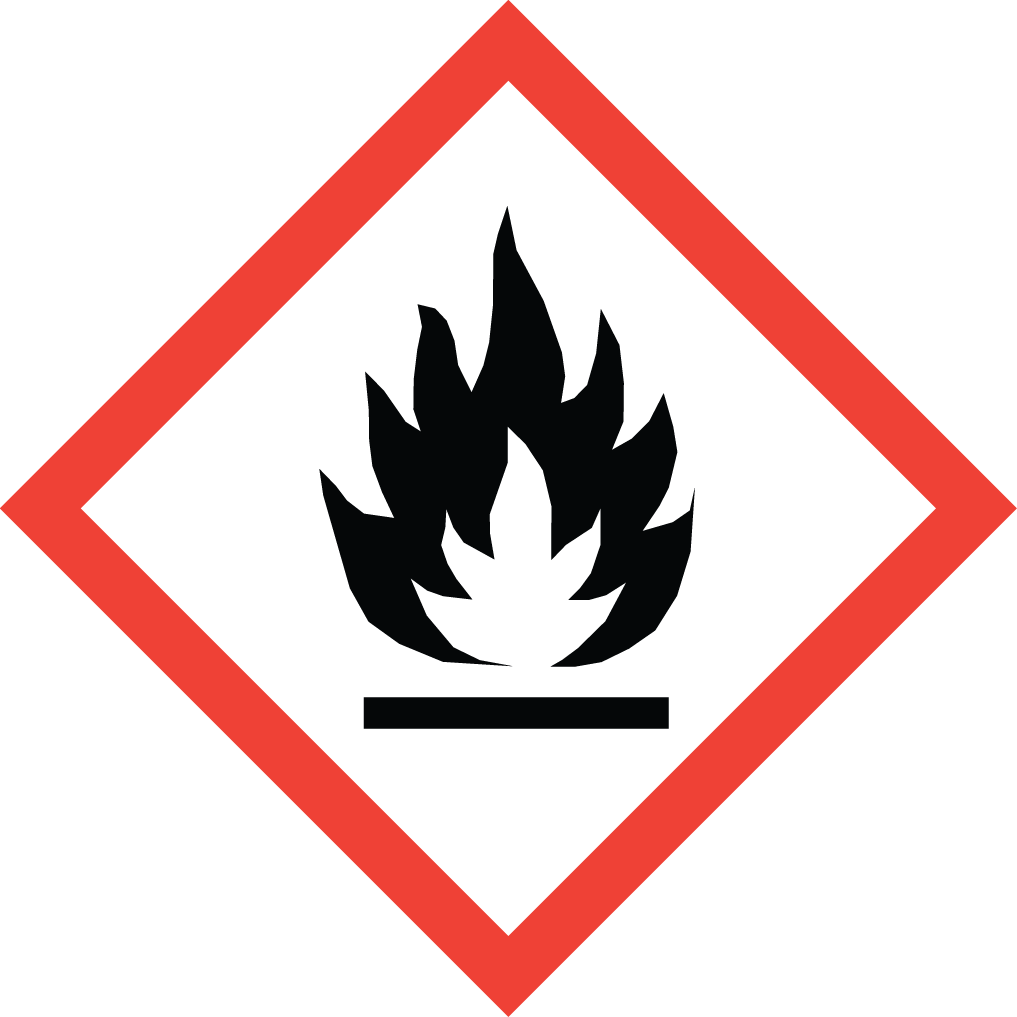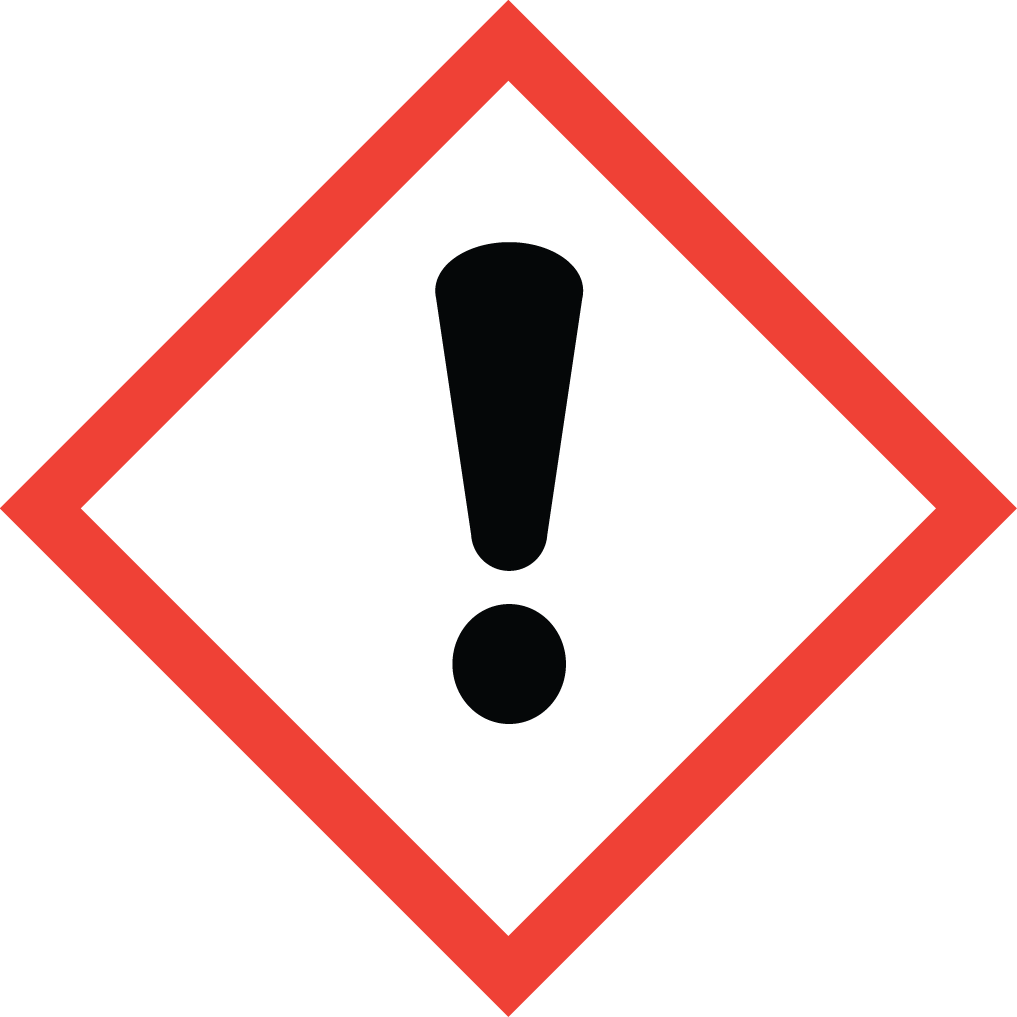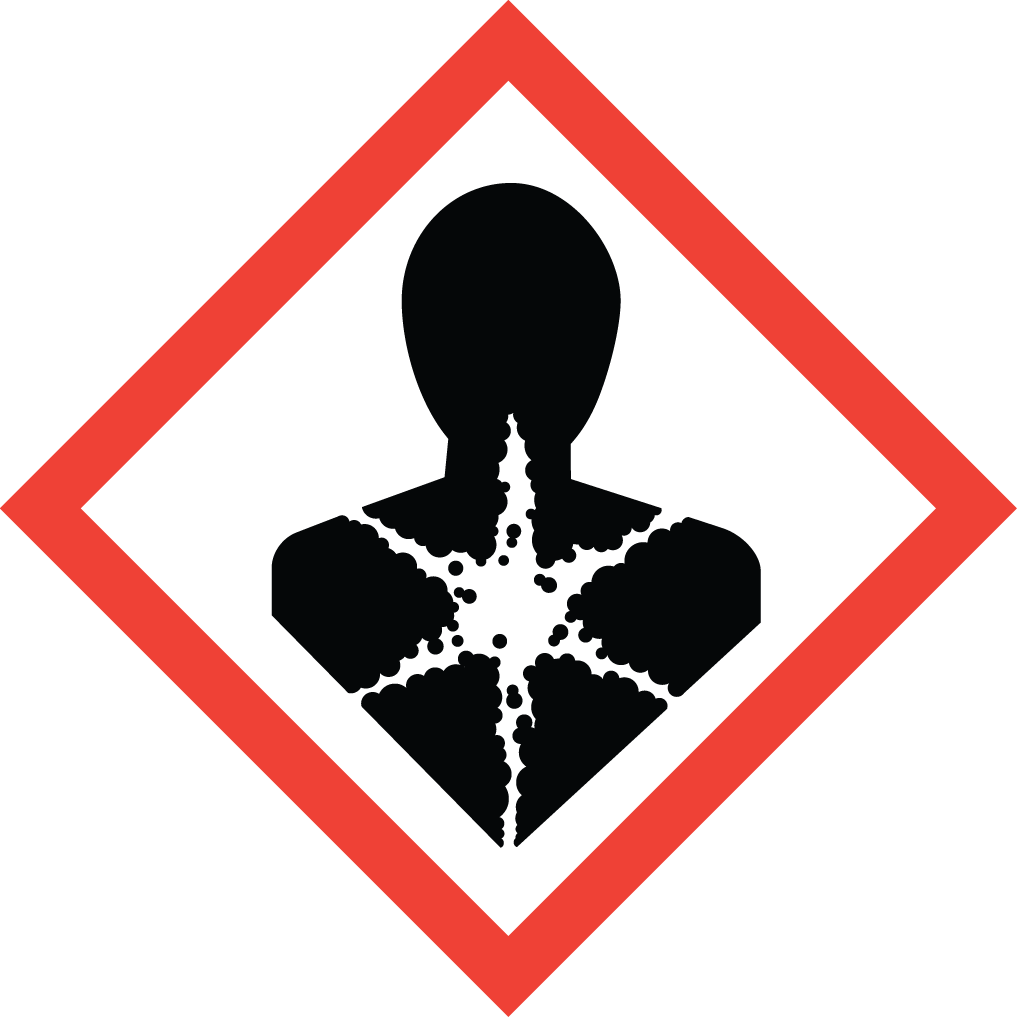
|
MINWAX® Fast-Drying Polyurethane Clear Semi-Gloss |
Hazard Statements
Flammable liquid and vapor. May cause an allergic skin reaction. Suspected of damaging the unborn child. May be fatal if swallowed and enters airways. May cause respiratory irritation. May cause drowsiness or dizziness. Causes damage to organs through prolonged or repeated exposure.
Precautionary Statements
Read label before use. Keep out of reach of children. If medical advice is needed, have product container or label at hand. Obtain special instructions before use. Do not handle until all safety precautions have been read and understood. Wear protective gloves. Wear eye or face protection. Wear protective clothing. Keep away from heat, hot surfaces, sparks, open flames and other ignition sources. No smoking. Use explosion-proof electrical, ventilating, lighting and all material-handling equipment. Use only non-sparking tools. Take precautionary measures against static discharge. Keep container tightly closed. Use only outdoors or in a well-ventilated area. Do not breathe vapor. Do not eat, drink or smoke when using this product. Wash hands thoroughly after handling. Contaminated work clothing must not be allowed out of the workplace. Get medical attention if you feel unwell. IF exposed or concerned: Get medical attention. IF INHALED: Remove person to fresh air and keep comfortable for breathing. Call a POISON CENTER or physician if you feel unwell. IF SWALLOWED: Immediately call a POISON CENTER or physician. Do NOT induce vomiting. IF ON SKIN (or hair): Take off immediately all contaminated clothing. Rinse skin with water or shower. IF ON SKIN: Wash with plenty of soap and water. Wash contaminated clothing before reuse. If skin irritation or rash occurs: Get medical attention. Storage : Store locked up. Store in a well-ventilated place. Keep cool. Disposal Dispose of contents and container in accordance with all local, regional, national and international regulations. Supplemental label elements DELAYED EFFECTS FROM LONG TERM OVEREXPOSURE. Contains solvents which can cause permanent brain and nervous system damage. Intentional misuse by deliberately concentrating and inhaling the contents can be harmful or fatal. WARNING: This product contains chemicals known to the State of California to cause cancer and birth defects or other reproductive harm Please refer to the SDS for additional information. Keep out of reach of children. Do not transfer contents to other containers for storage. : DANGER: Rags, steel wool, other waste soaked with this product, and sanding residue may spontaneously catch fire if improperly discarded. Immediately place rags, steel wool, other waste soaked with this product, and sanding residue in a sealed, water-filled, metal container. Dispose of in accordance with local fire regulations.
Manufacturer information
Name
MINWAX Company
Phone
(800) 424-9300
Address
101 W. Prospect Ave
Cleveland, OH 44115
PICTOGRAMS



HMIS
| HEALTH |
3 |
| FLAMMABILITY |
2 |
| PHYSICAL HAZARD |
0 |
| PERSONAL PROTECTION |
Wash hands, forearms and face thoroughly after handling chemical products, before eating, smoking and using the lavatory and at the end of the working period. Appropriate techniques should be used to remove potentially contaminated clothing. Contaminated work clothing should not be allowed out of the workplace. Wash contaminated clothing before reusing. Ensure that eyewash stations and safety showers are close to the workstation location.Safety eyewear complying with an approved standard should be used when a risk assessment indicates this is necessary to avoid exposure to liquid splashes, mists, gases or dusts. If contact is possible, the following protection should be worn, unless the assessment indicates a higher degree of protection: safety glasses with sideshields. Chemical-resistant, impervious gloves complying with an approved standard should be worn at all times when handling chemical products if a risk assessment indicates this is necessary. Considering the parameters specified by the glove manufacturer, check during use that the gloves are still retaining their protective properties. It should be noted that the time to breakthrough for any glove material may be different for different glove manufacturers. In the case of mixtures, consisting of several substances, the protection time of the gloves cannot be accurately estimated. Personal protective equipment for the body should be selected based on the task being performed and the risks involved and should be approved by a specialist before handling this product. When there is a risk of ignition from static electricity, wear antistatic protective clothing. For the greatest protection from static discharges, clothing should include anti-static overalls, boots and gloves. |
NFPA
3
2
0

Visalia Unified School District
Local data
SKU #


